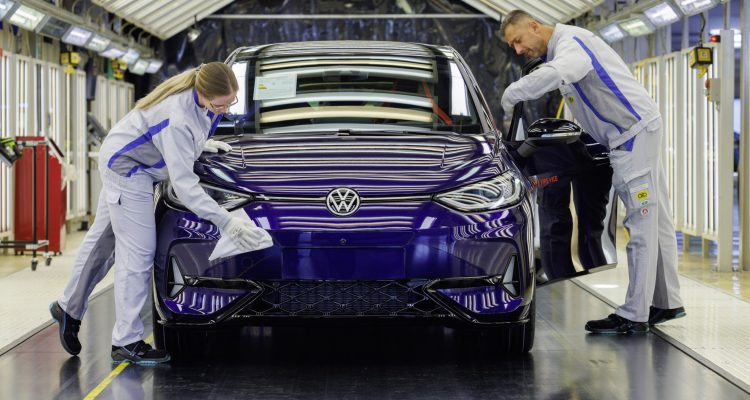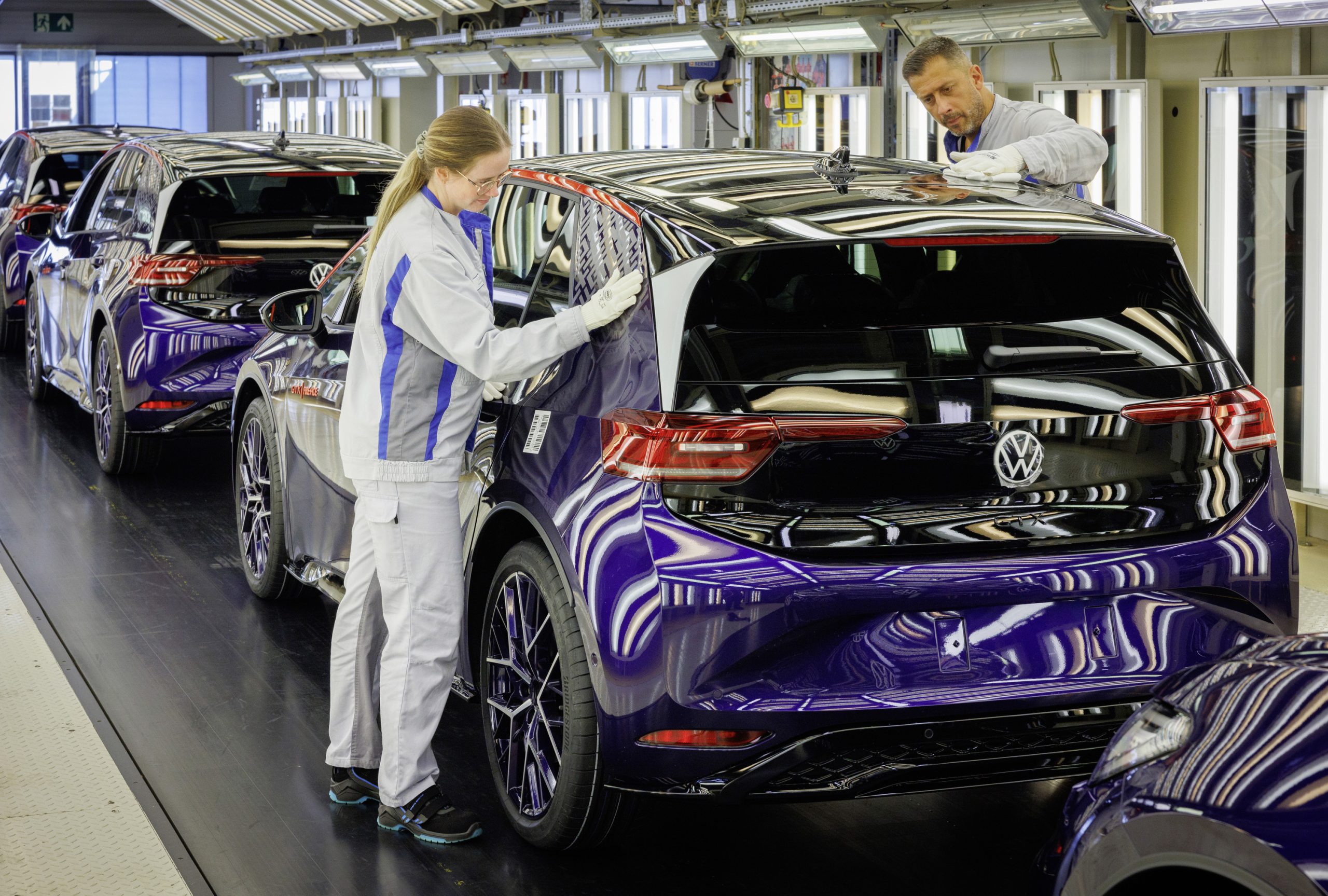The Nexperia crisis began in October 2025 when Dutch authorities escalated long-running concerns about governance at Nexperia, a Netherlands-based semiconductor manufacturer owned by China’s Wingtech.
After an emergency ruling by the Dutch Enterprise Chamber that found “valid reasons to doubt sound management” at the company, the Dutch Ministry of Economic Affairs invoked the country’s Goods Availability Act and effectively put Nexperia under temporary state oversight.
The government said the move was aimed at protecting “crucial technological knowledge and capabilities” on European soil and to prevent semiconductor goods from becoming unavailable in an emergency. Nexperia has said the order was focused on business continuity and that “day-to-day operations can continue.”
Beijing reacted quickly. Chinese authorities banned exports of Nexperia products from China after the Dutch action, a retaliatory step that severed supply lines from the company’s Asian operations to many global customers.
That ban is the proximate trigger for the current supply shock: although Nexperia does not make the most advanced chips, it produces very large volumes of the discrete and analogue components that underpin everyday electronics — notably parts used across vehicle electronic control units and other automotive subsystems.
Knock-on effects for the automotive industry have been immediate. German and European industry bodies warned that manufacturers are “days away” from stoppages if supplies are not restored. The German VDA association’s president Hildegard Müller warned that “the situation could lead to considerable production restrictions in the near future, and possibly even to production stoppages if the interruption in the supply of Nexperia chips cannot be rectified in the short term.”
Carmakers from Volkswagen and BMW to Nissan and Mercedes are scrambling through reserve stocks, checking second-source availability and re-planning production schedules; some plants have already adjusted or suspended shifts as they assess exposure. Reuters and other outlets reported that reserves held by suppliers are being used up quickly and that alternatives would take months to ramp up.
The automotive sector is especially vulnerable because modern cars contain hundreds — often thousands — of semiconductors. Many of the parts Nexperia supplies (diodes, transient-voltage suppressors, MOSFETs, simple logic and analogue ICs) are “low-complexity” components that are nevertheless produced in very high volumes and standard packages. That ubiquity makes them hard to substitute quickly: redesigning a component, requalifying it for automotive safety standards, and retooling supply chains can take months to years. Nexperia itself notes it ships tens of billions of such devices annually and is certified to automotive quality standards, underscoring how embedded its products are in car supply chains.
If Nexperia’s output were to stop for a prolonged period, the likely short- to medium-term consequences are clear: production slowdowns, temporary plant shutdowns, delayed vehicle deliveries and extra costs for manufacturers forced to scramble for scarce parts. Those immediate impacts could feed into higher prices for new vehicles and spare parts, and erosion of short-term profit margins for OEMs. Several firms are already signalling that profit guidance could be at risk if supplies do not stabilise.
Longer-term effects would reach beyond car factories.
First, the crisis will accelerate political and industrial pushes for semiconductor “sovereignty”: more government support for local fabrication plants, stockpiling of strategic components, and stricter oversight of foreign ownership.
Second, supply-chain architectures may shift: OEMs and Tier-1 suppliers will likely increase dual-sourcing, hold larger safety stocks and invest in more flexible designs that avoid single-supplier bottlenecks.
Third, a prolonged interruption might speed investment in new European capacity for mid-volume discrete and analogue parts — an expensive and time-consuming response, but one that policymakers are now more inclined to back.
Finally, there are geopolitical consequences: the dispute has highlighted how semiconductor trade frictions can become a leverage point between states, prompting fresh regulatory scrutiny of cross-border mergers and ownership.
All parties publicly couch their language carefully. Wingtech described the Dutch intervention as “politicisation of commercial matters” and warned of harm to its business, while Nexperia’s own public updates stress continuity and plans to protect employees and customers. At the same time, industry bodies and carmakers have been clear that speedier, pragmatic solutions are needed to avoid factory downtime — a recurring theme in recent reporting.
In short, the Nexperia episode is a vivid reminder that today’s automotive supply chains are not just commercial networks but strategic assets. The immediate risk is tangible — factories idling if stocks run out — but the deeper legacy may be a decade of reshaped procurement policies, higher inventory costs, renewed public investment in chipmaking and tougher scrutiny of foreign ownership of strategic industrial assets.








